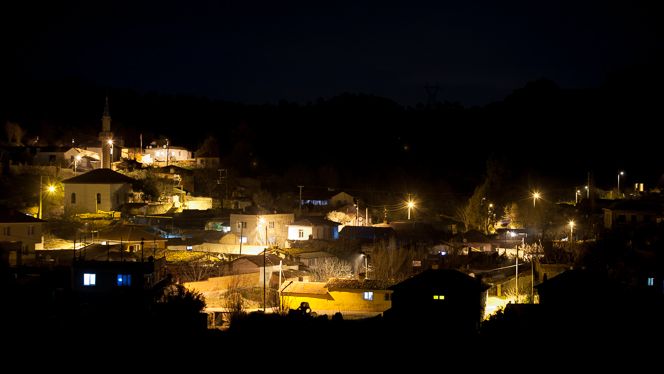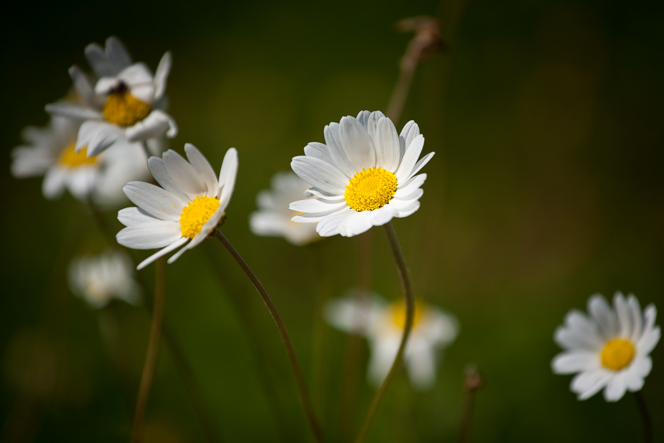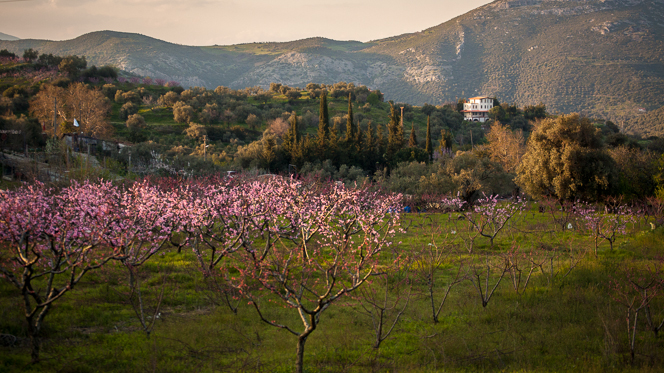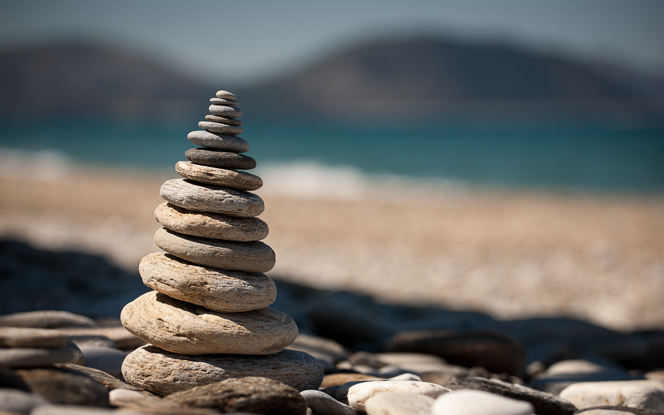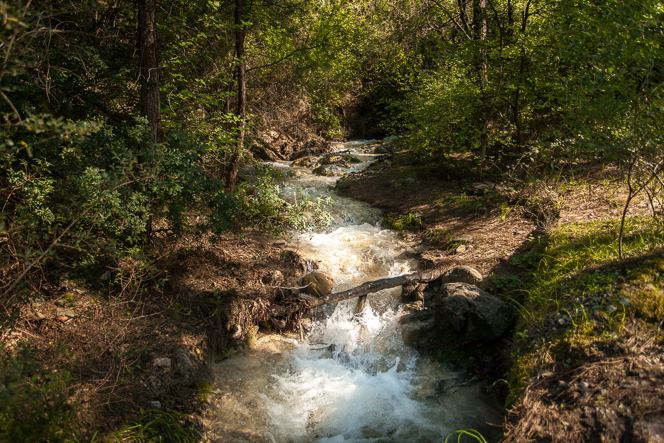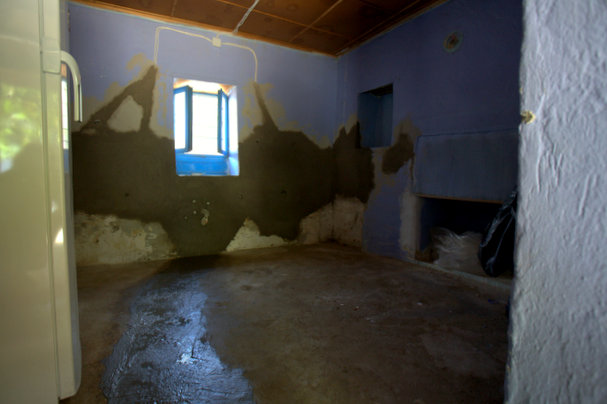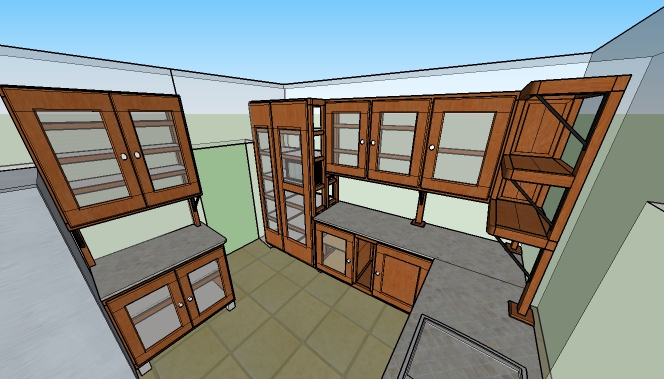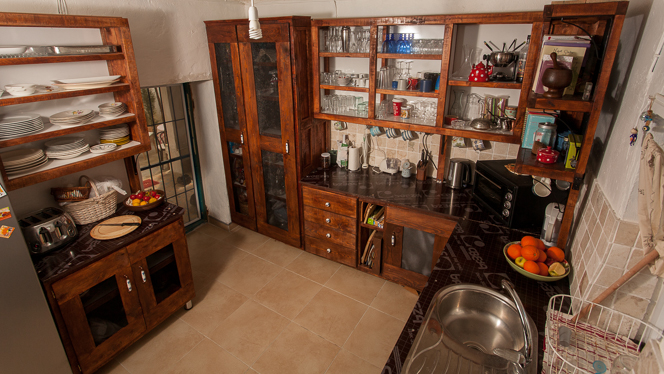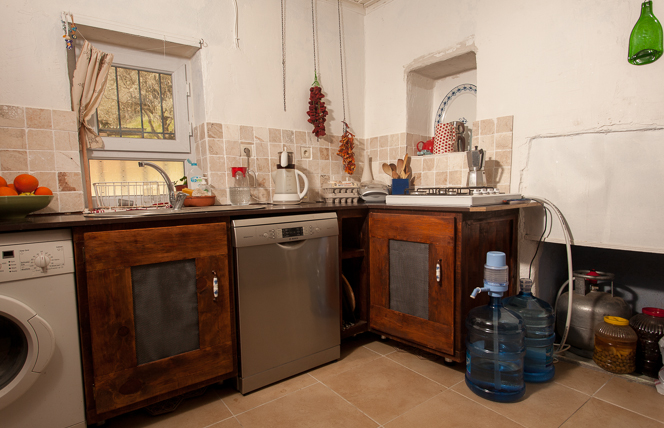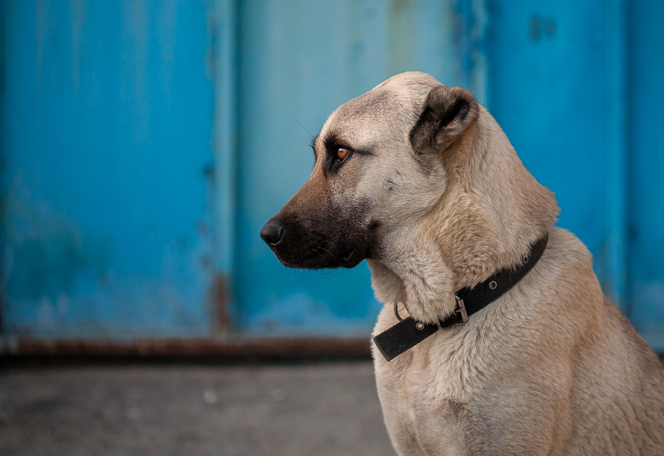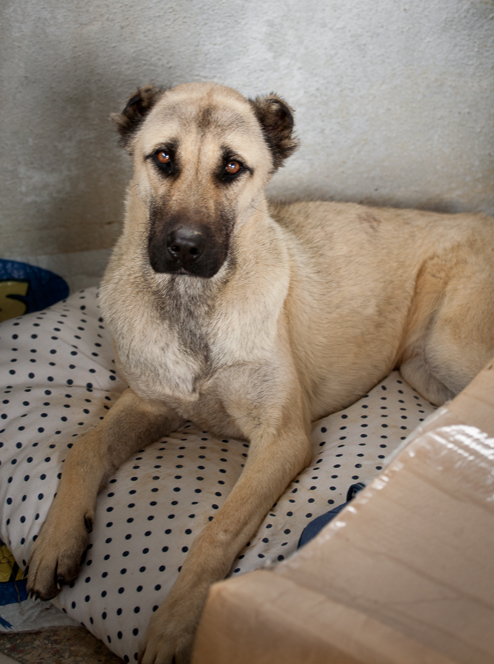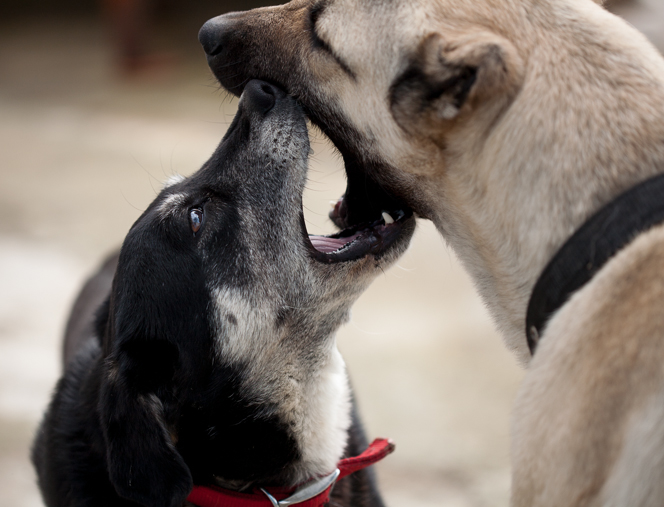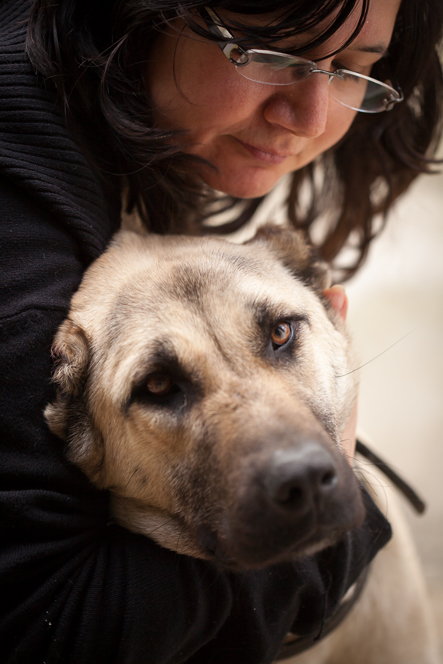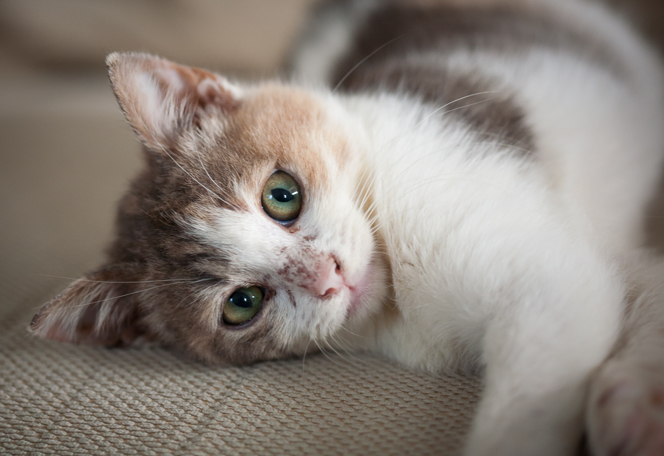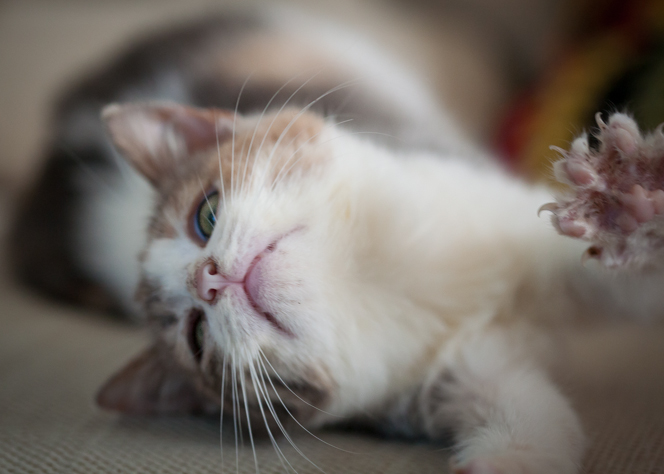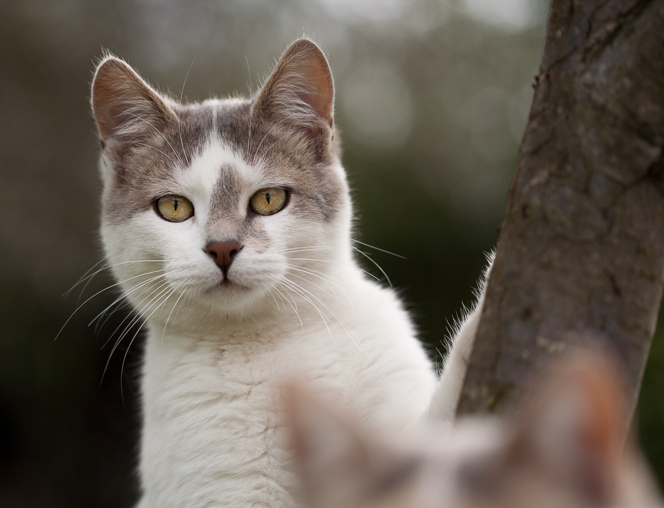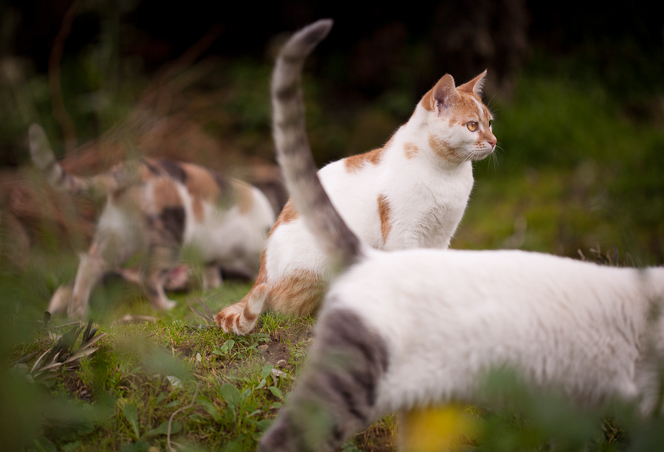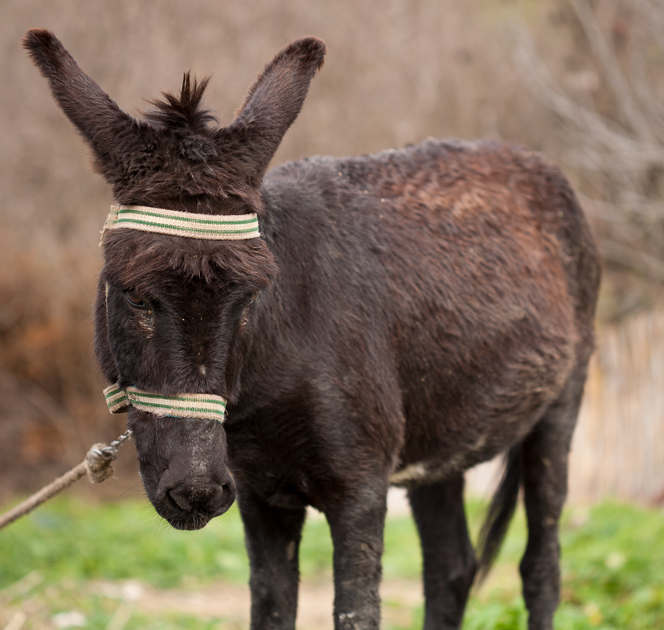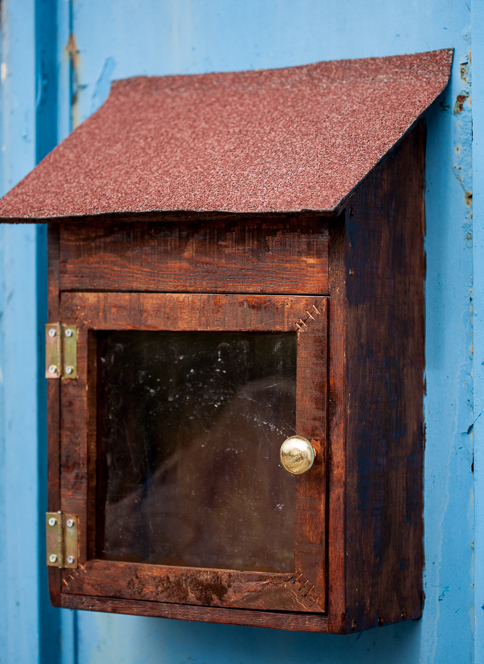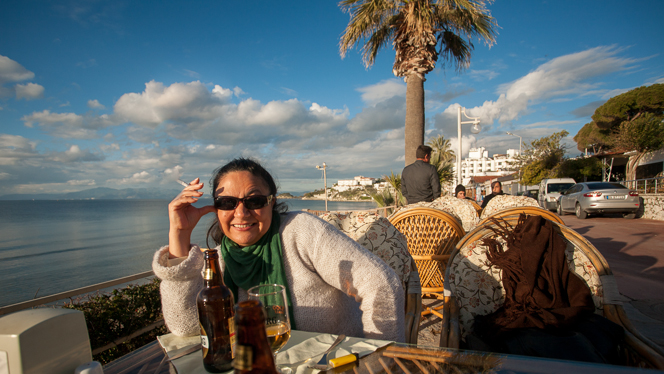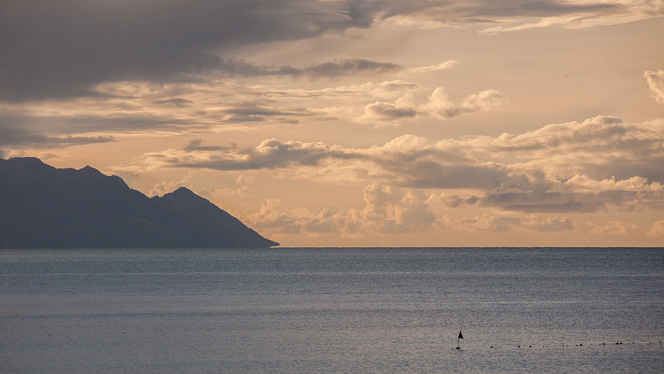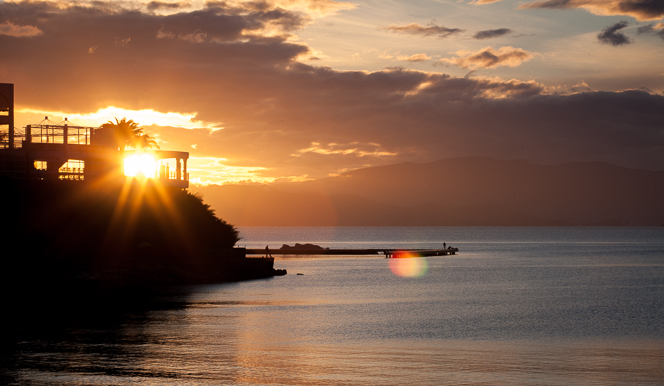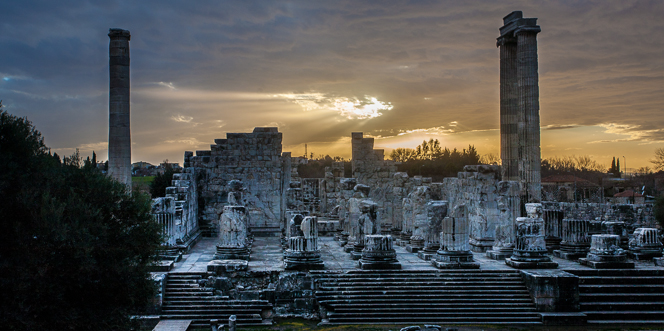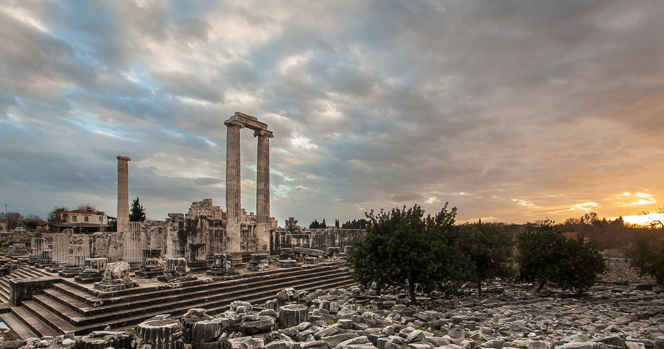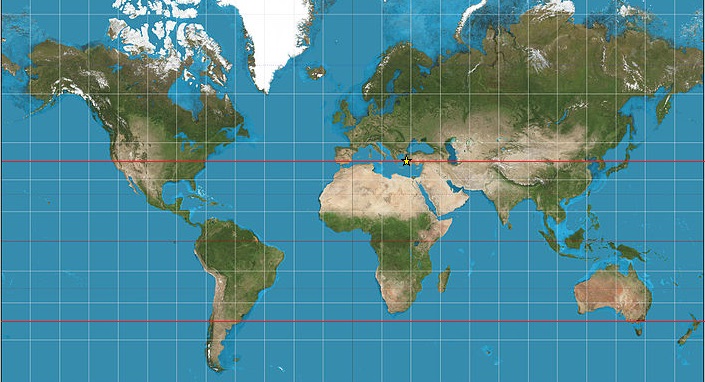Fantastic news: spring has arrived in south-west Turkey. We had some long cold nights through winter, but now there are wild flowers in the fields and new growth everywhere. The first buds and leaves are out on our grapevines — soon we will have our green canopy again.
And it’s not just plants coming out. One sunny morning a chameleon turned up in our back garden and I was lucky enough to get some pictures. At first we thought he was an escaped pet, but it turns out they’re native to Turkey and some other parts of the Mediterranean as well as Africa and India. He was an impressive character, although he didn’t do a lot of colour-changing.
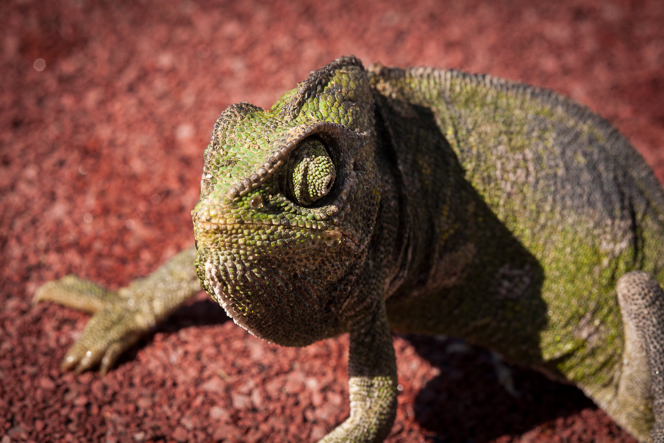
Chameleon suns himself on the roof of a dog house: both the dogs and the cats were not sure what to make of him.
The warmer weather has brought human visitors too. My brother Sean and his family flew in from Vienna last week. It was great to see them, and also great to have an excuse to put down our tools for a while and revisit places like Magnesia and Şirince.
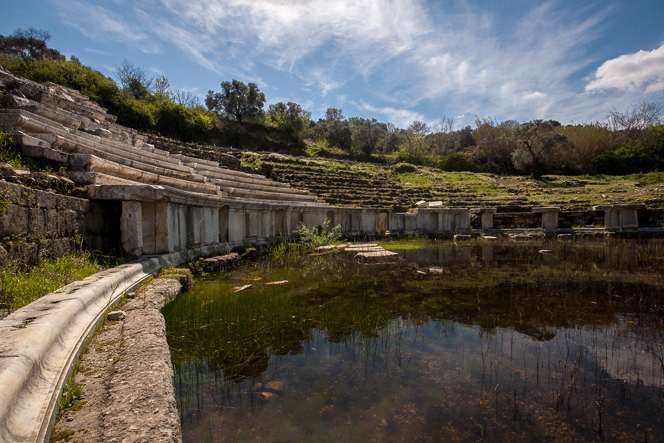
The theatre at Magnesia — looking a little flooded with spring rain. It was too dark for photos last time we were there.
We also got to explore the Dilek National Park (Milli Park in Turkish) out on the Mycale peninsula. (This had started to become a bit of an embarrassment for us: on two previous attempts last summer the authorities foiled our visit plans with the simple countermeasure of a 4pm closing time.) So glad we finally got there. The park is fantastic and we will be recommending it to all our future visitors. It has beautiful, secluded beaches that look across to the Greek island of Samos.
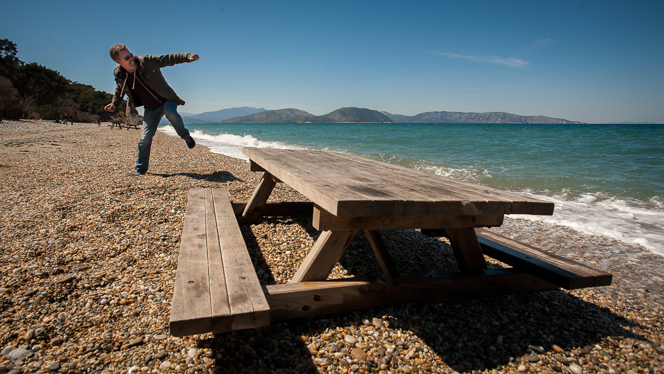
A picnic table as close to the sea as anyone could want. That is my brother being dynamic and sporty in the background.
Much of the park isn’t accessible by car but only on foot. We tried the first section of one of the many walking trails. Doing the whole trail would have been quite a walk: it goes straight up and over the ridge of Mount Mycale (1237 metres). But at least the first part, walking through deep canyons with little streams running through them, would be the perfect escape from summer heat. And I really enjoyed getting an impression of what the landscape around here might have looked like before human settlement.
I’m sure we’ll be back soon. As spring turns to summer we have lots more visiting friends and family lined up. And that beach in proper swimming weather will be amazing. (We hear that it’s also an excellent spot for diving.)
On to construction and renovation topics: well, the kitchen is nearly there. If I was a more disciplined person I would hold out and only show you the photos once it was 100% finished, but I can’t help myself. I’m quite proud of what we’ve done with it, and the work definitely makes our life more comfortable.
We like the new splashback tiles a lot, and we were very happy when, having wrestled the corner wall cupboard section into position, it stayed up as the plans suggested it should. Not much left now: there are a few cupboard doors still to build, and the worktops need to be tiled. But then it will finally be done.
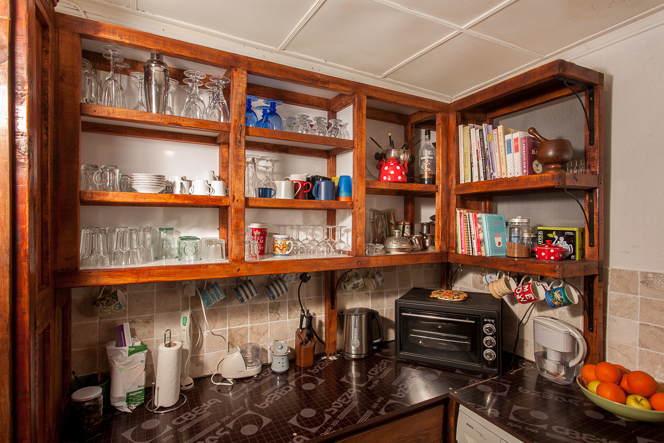
Wall units above the worktop, with a corner shelf for cookbooks. The walls are made from clay bricks, so I didn’t want to drill into them: everything is supported from the floor upwards.
With the perfect weather for laying concrete nearly upon us, we’ve been talking to our favourite civil engineer and architect team, as well as surveying our block with a tape measure and a home-made water level. We’re making a few revisions to our original plans, now that we’ve lived here for a while and know the land better. We’re also happy to move our planned buildings around a bit if it will save some trees — will show the new layout in a future post. The day we actually start pouring foundations up in the orchard will be our biggest milestone.
And I can’t let you go without at least one pet picture, can I? Here’s Zeliş looking sad and dignified at the same time.
